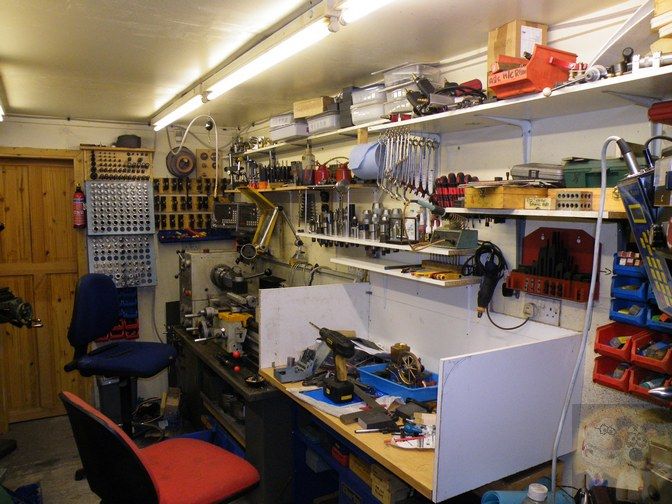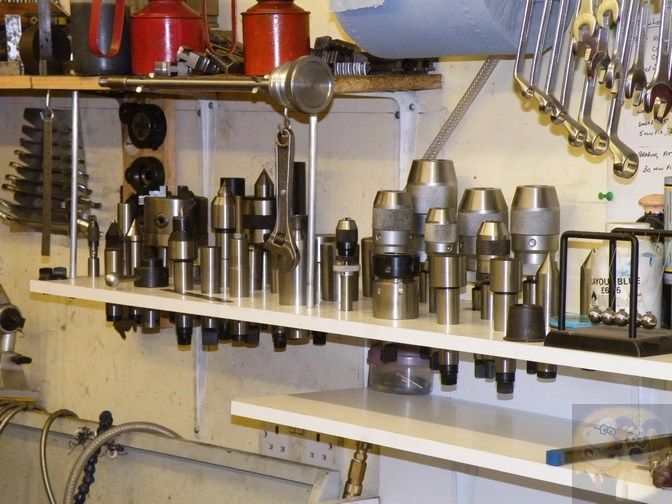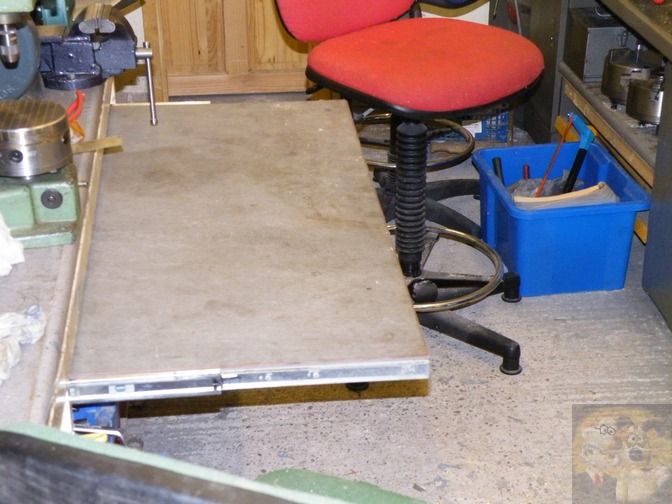goldstar31
Well-Known Member
In this decision making, probably whatever it is should come with a face plate, a catch plate, centres, a three jaw, a four jaw and both steadies as swell as summat to hold lathe tools. QCTP is an accessory designed primarily for discussion groups and 'people who are incapable of cutting up drinks cans to make shims'. Once you have cut the shims, you glue the appropriate number under the lathe tool.
But you all do this as a matter of normal machining practice - clears throat and chuckles hysterically.
So in the real world, I'm sorted out with the sale of a Spanish house( when miracles happen and pigs fly) and have sorted out a trip to France and bought a new 'handy' suitable for dumb fingered old farts and told my son that I have spent £3.5K on a pair of hearing aids to avoid me continuing as Quasimodo for the rest of my natural puff.
All go at the Norman castle
But you all do this as a matter of normal machining practice - clears throat and chuckles hysterically.
So in the real world, I'm sorted out with the sale of a Spanish house( when miracles happen and pigs fly) and have sorted out a trip to France and bought a new 'handy' suitable for dumb fingered old farts and told my son that I have spent £3.5K on a pair of hearing aids to avoid me continuing as Quasimodo for the rest of my natural puff.
All go at the Norman castle












